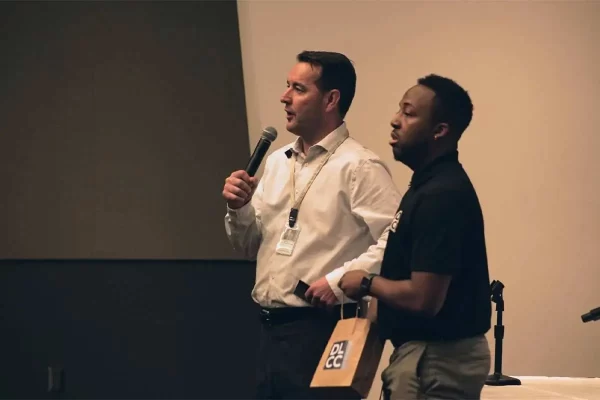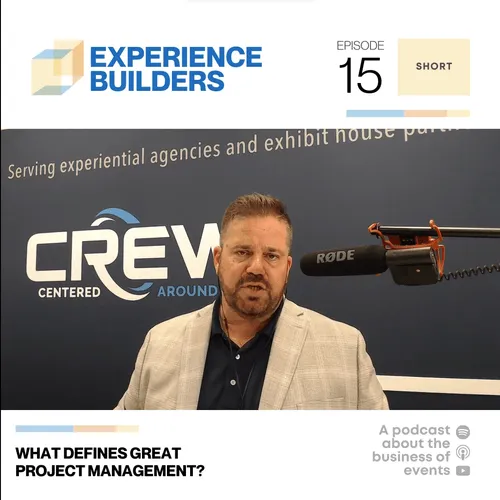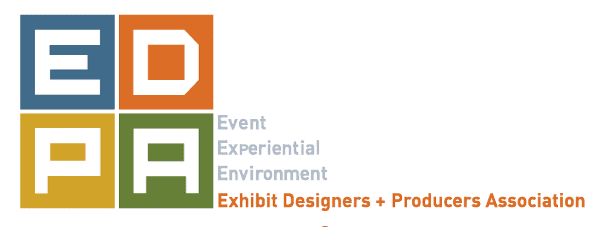Selling our clients to try new and different ways to market their products is often a difficult process, yet new ideas continue to evolve. It starts with a customer empowered to have an open mind for new ideas that generate results.
There is no risk to blending in with a nice display. There’s a fine line between a cleaver idea and a stupid idea. Giving footballs away at a medical show is stupid – where do you put it while walking the show?
The most innovative and cost effective idea I have seen at a tradeshow was at a show introducing the first laptop computers. A 20-foot-by-20-foot area was bordered with white beach sand and in the center was a tall café table with a beach umbrella with the clients’ logo and tag line. No counters. No back wall. Only exhibitors who had ditched their shoes, demonstrating the laptop.
Attendees liked to walk in the sand. Not much profit for the exhibit builder but clever as hell. Cleaver ideas may be duplicated once and then they become old. We have seen this with card sharks and the first video walls. Who cares?
My old friend and mentor, Clay Wilkening, gave me a photo of an exhibit he created for Abbott Laboratories in 1962. Abbott was introducing Sucaryl, a sugar substitute, at a Bottlers Show. At the time, Coke, Pepsi and Dr. Pepper were leading users of sugar.
Ed Donahoe was the product manager for Abbott and gained the support of his boss Ted Ledder, who went on to become the CEO of Abbott. The idea of incorporating an ice skating attraction with an Olympic figure skater in a tradeshow was a first for our business.
Wilkening stuck his neck out to make it happen in spite of the many naysayers who said it could not be done. The show was held shortly after the Winter Olympics, which made the attraction more relevant. No one left that show without seeing the ice skating attraction and knowing about Sucaryl.
Granted, this was not an inexpensive concept, never the less a cleaver idea that worked.






























